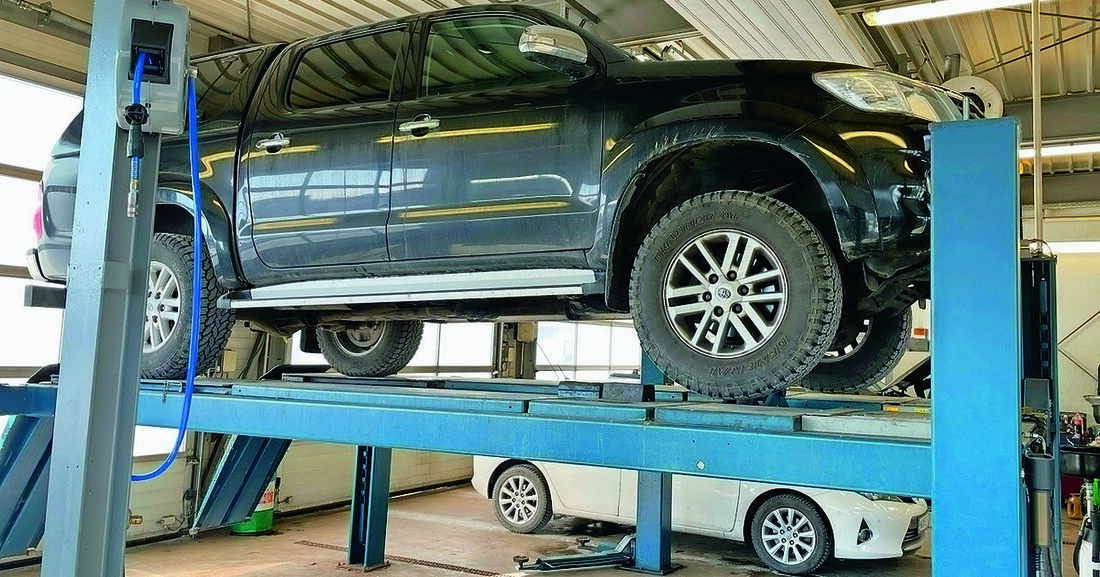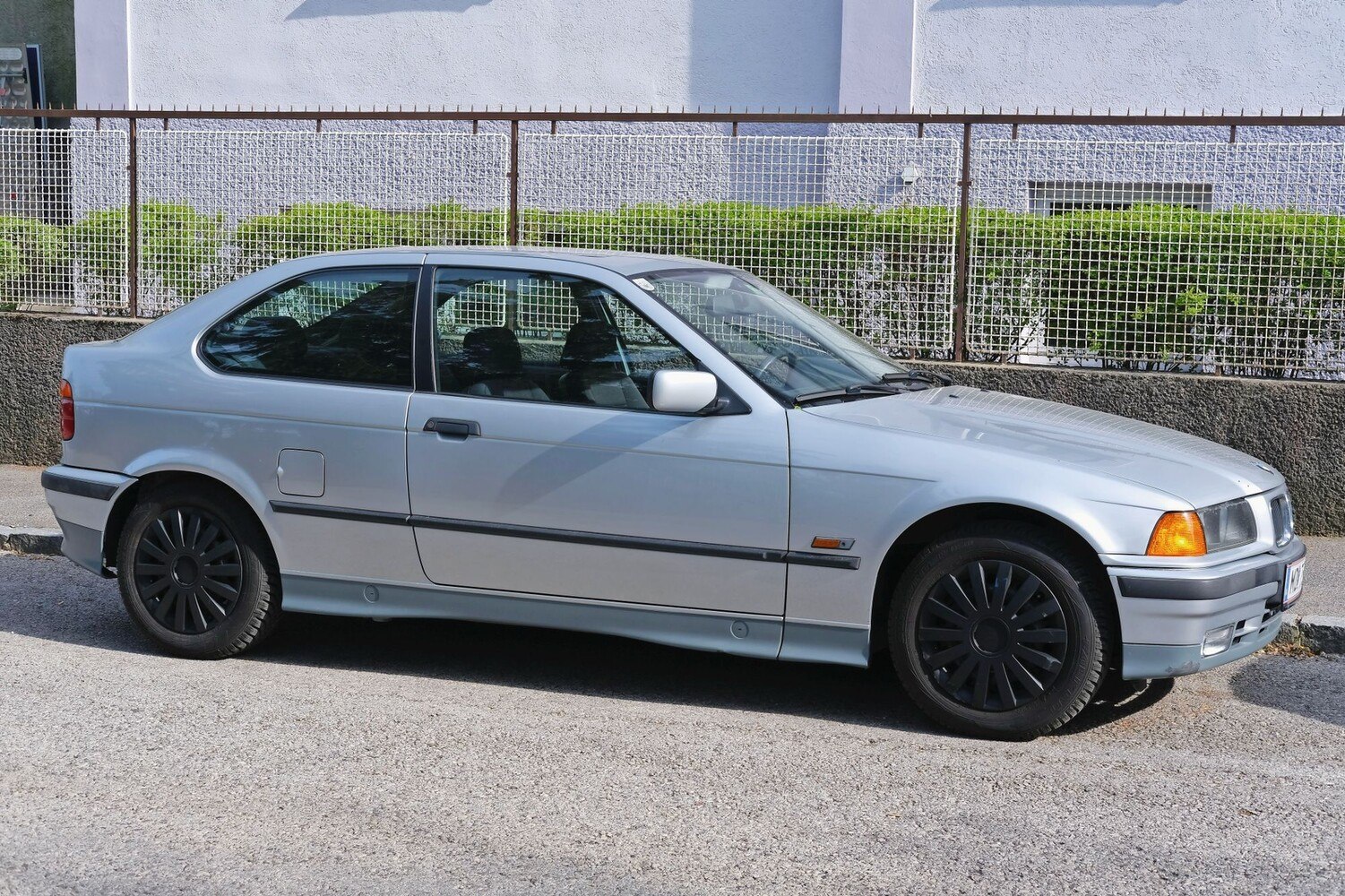Noise from BMW and Toyota
Three different vehicles from the KFZ Wirtschaft team, and yet they have something in common: annoying noises, the causes of which can only be found after painstaking detective work.

Noise from BMW and Toyota


Case 1: The whining Hilux
Editor-in-chief Hans-Jörg Bruckberger drives a 2013 Toyota Hilux with 130,000 kilometers on the clock. One day a squeaking noise is heard at walking speed. This is followed by a visit to Toyota Ulrichshofer in Baden. The automotive technician does the obvious thing and sprays the V-belt. The noise remains, it seems to come from the right front wheel. The professional says it's certainly nothing serious and advises continuing to monitor it. A few weeks later it has become louder, the Hilux is howling and whining. Of all things, this car, a prime example of indestructibility, doesn't look good at all. Built to withstand sandstorms and mudslides, it wails through the city and receives pitying looks from passers-by. Back to Toyota Ulrichshofer. Workshop manager Sedat Geveze drives onto the lift, turns the right front wheel, it squeaks pitifully. The master says that he has never encountered anything like this before. He sprays the axle boots with silicone spray, but the squeaking remains. He inspects the entire wheel suspension with his lamp and suddenly shouts: “The Simmerring!” The shaft seal has completely dried out. Silicone spray is used again and sure enough: the noise is gone and the case is solved. And it’s free too.
Case 2: The Bavarian crackling
Philipp Bednar, former motor vehicle economy editor, drives a BMW 3 Series Touring, built in 2016 with 75,000 kilometers on the clock. One day a crackling noise becomes noticeable in the door area, the colder the outside temperature, the more frequent it is. An internet search provides the first clue. On a German BMW website there is an internal instruction from the manufacturer to dealers: In the event of crackling noises, a special Teflon adhesive tape between the door frame and the door seal should help. Unfortunately, an inquiry to the trusted Austrian BMW dealer came to nothing: "The problem is not known, there is no information or repair methods available. We don't know anything about Teflon tape." After further research in internet forums, a practical tip was found and the attempt was made: a washing machine fabric softener diluted with water should be applied generously to the door seals and massaged in. In addition, the door frames should be meticulously cleaned and also wetted with the water and fabric softener mixture. Read it, do it, and lo and behold: the crackling and creaking noise is completely gone. For almost a year. The explanation according to the forums: The door seals tend to harden due to the effects of water and dust, the fabric softener makes them supple again. By the way: Special rubber seal care products that are supposed to have the same effect did not work.
Case 3: The ghost with the flute
Motor vehicle economy editor Peter Seipel drives a BMW 3 Series Compact from 1994 with currently 90,000 kilometers on the clock. Three years ago, the pretty coupé with only 70,000 kilometers on the clock was offered for sale at a ridiculously low price. The previous owner was so annoyed by a loud whistle coming from the engine compartment that he wanted to get rid of the car quickly. The engine runs smoothly, the performance is good, only from around 2000 rpm there is a shrill whistling sound, which is only covered by the engine noise from 4000 rpm. I close the deal and go to BMW specialist Norbert Kornberger's workshop on Speisingerstrasse in Vienna. At first glance, the specialist sees the V-belt that is damaged due to age and replaces it along with the tension rollers, which are also gnawed by the ravages of time. The investment is worth it in terms of the engine's service life, but as I drive from the workshop yard, the unbearable whistling that ruins the driving pleasure can be heard again on Speisingerstrasse. We went back to Kornberger, but the expert was at a loss for the time being. The next day he calls me, the case has been solved and I can pick up the car. With detective instinct and perseverance, he found the simple cause: the plastic housing of the motor fan had warped slightly, leaving a small gap in the frame. “As if there was a ghost sitting there in the air with a flute,” Kornberger draws a poetic comparison. He closes the gap with a cable tie and the whistling is history.

 Suche
Suche
 Mein Konto
Mein Konto